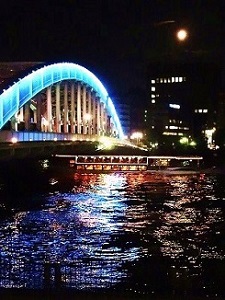

 This year, September 27 is the 15th of August in old calendar.
This year, September 27 is the 15th of August in old calendar.
During this season, the moon rises at an angle suitable to look up in the clear night sky, and it is considered the best season for moon viewing, but typhoons often hit and fronts stagnate near the Japanese Islands It does not necessarily seem to be blessed with good weather in a wide area.
Fortunately, this time, we sometimes hiding in the clouds, but we were able to fully enjoy the beautiful moon.
"Fifteen nights" means "the 15th night when the New Moon Day is the first day", but in fact, since the cycle of the phases of the moon is not exactly one month, subtle differences depending on the year occur, "Mid-Autumn Moon" is not necessarily a full moon, and in this year, the next day is the full moon.
But it looks like a very bright moon, almost round.
This year, the 28th of the following day is the "Super Moon" day, where the moon turning around the earth in an elliptical orbit becomes the full moon at the time closest to the earth in the year.
You can enjoy a special month for 2 consecutive days.
By the way, the Super Moon on the 28th looks about 14% larger in diameter than the smallest full moon this year (March 6), and the brightness is about 30% higher.
It is said that Heian nobles enjoyed the moon reflected in cups and ponds, rather than looking directly at the moon.
Sumida River Terrace in Shinkawa Park. The river surface is illuminated by the light of the bridge, the outside lights, the lights of buildings on the riverbank, the lights of the water bus, etc., adding color to the atmosphere.
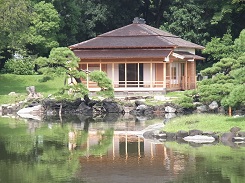
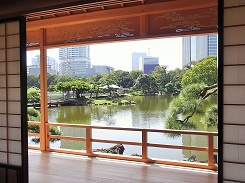

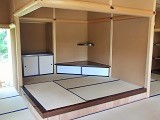
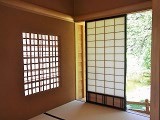





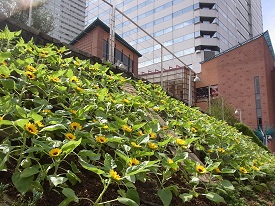
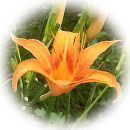 The annual "Mini Garden Guide Tour" takes a walk around the park with the guidance of a green adviser at the Pocket Plaza "Flowers / Water / Trees" in Harumi Triton Square.
The annual "Mini Garden Guide Tour" takes a walk around the park with the guidance of a green adviser at the Pocket Plaza "Flowers / Water / Trees" in Harumi Triton Square.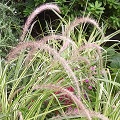
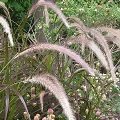
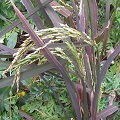
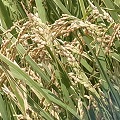
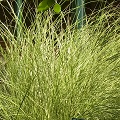
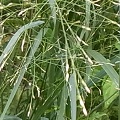
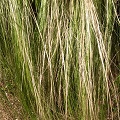

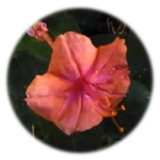
![120702_06_s[1]RS'G.jpg](https://en.tokuhain.chuo-kanko.or.jp/archive/2015/09/01/120702_06_s%5B1%5DRS%27G.jpg)


